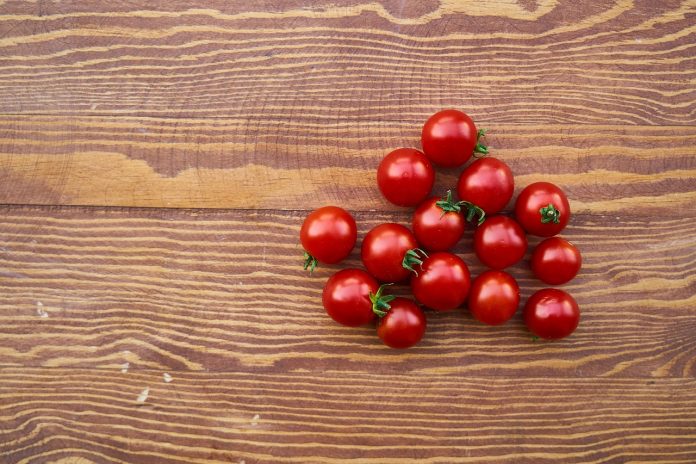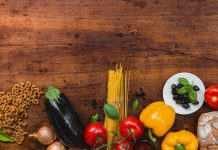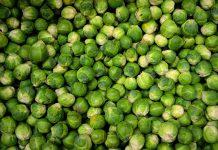
Anorexia is characterized by self-imposed starvation, a loss of 15% to 25% of usual body weight, an intense fear of gaining weight, laxative abuse, excessive exercising, a distorted perception of body image, and an absence of a menstrual cycle. The majority of people with anorexia are white women from middle to upper-class family, ranging in age from 12 to 18 years.
Bulimia is characterized by bingeing on large quantities of food followed by self-induced vomiting or abuse of laxatives. The bulimic behavior usually starts with an incident of overeating followed by guilt.
Yes, a person can have both and is at risk for electrolyte imbalance, which is when the minerals (sodium, chloride, potassium, calcium, magnesium) in your blood can become dangerously low. A person with anorexia and bulimia can become seriously ill quickly because of starvation, vomiting which causes loss of sodium and/or diarrhea from laxatives which cause loss of potassium.
Our culture today stresses that women be thin. At times, thinness is related to the perception of success or control. This subtle message is evident in the advertising of diet pop, status foods like diet foods and women’s products including makeup. The message is that you should look like the model in the ad and if you use the product the model is using, you will look like her. The irony of this comparison is that photos are usually airbrushed to remove imperfections. This technique can be used to greatly change a person’s shape and “perfect” it.
Most people with anorexia start out by dieting to lose a few pounds. The dieting gets out of control and the few pounds leads to many pounds. Soon, the “dieter” looks like she has been in a prisoner of war camp. You could recognize a person as having anorexia from her/his physical appearance. Friends and family express concern about the person’s low weight. This attention to weight is interpreted by the person with anorexia as “everyone wants me to be fat”. This soon evolves into a power struggle between the person with anorexia and her/his family. The person with anorexia attitude is “I am the one in control and I will show everyone I can lose weight”.
Initially, the person with anorexia starts out by eliminating high-calorie foods like desserts and healthy starchy foods like bread, rice, pasta, and potatoes. Then as more weight loss is desired, other healthy foods such as milk, meat, and fruit are eliminated. The diets of people with anorexia contain only raw vegetables and salads without dressing. An occasional egg, tuna fish, cottage cheese or yogurt may be eaten. It is a highly restricted diet with only a few “safe” foods and all other foods are forbidden. As a person with anorexia weight drops to below 100 pounds, weight loss slows even when very little food is eaten. This frustrates the person with anorexia and they learn other behaviors to rid themselves of weight. Other anorexia behaviors can include fanatical exercise, vomiting and abusing laxatives.


